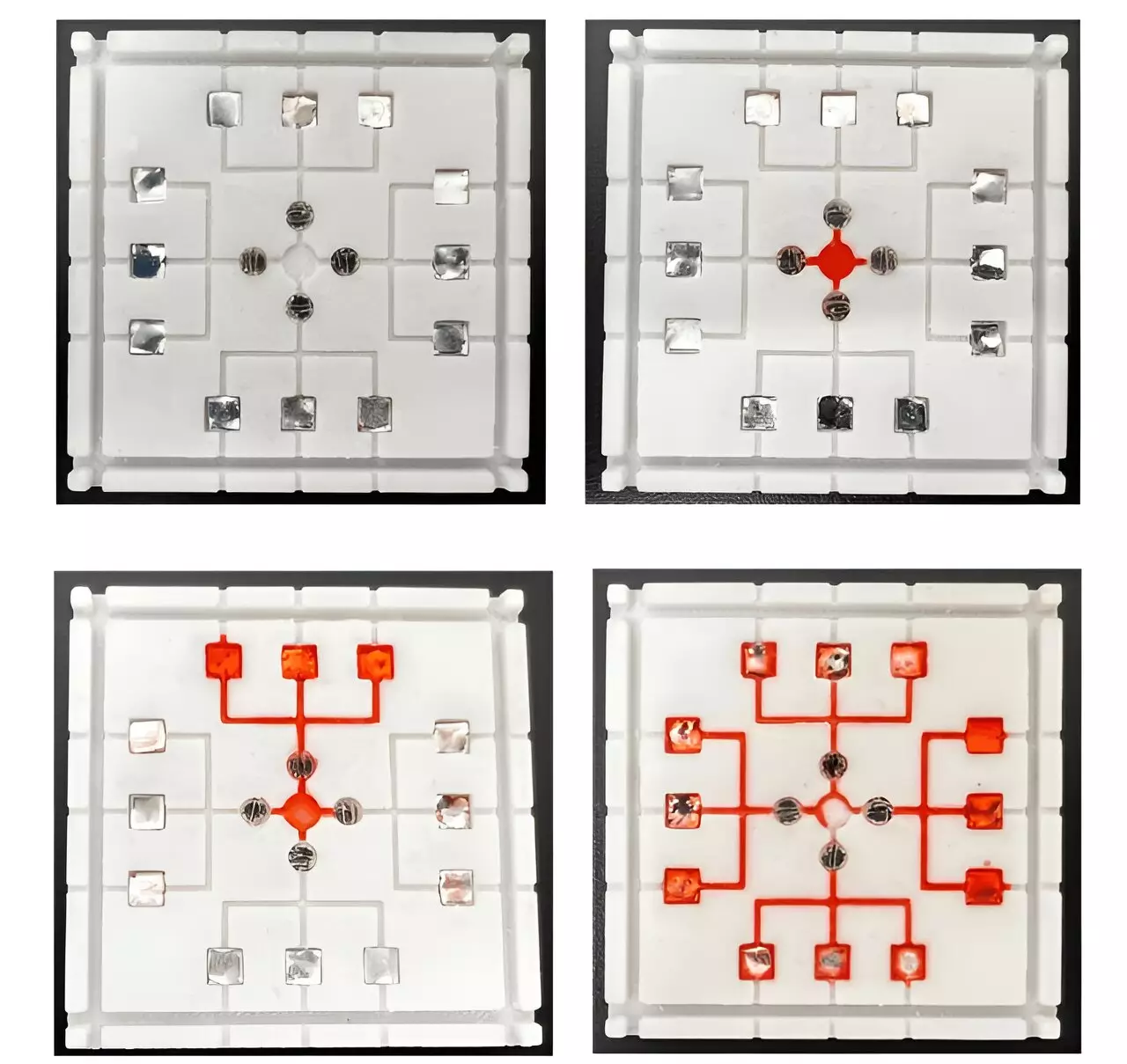The safety and reliability of the food we consume are always at risk due to pathogens causing contamination. Consumers are often left wondering about the quality of what they eat and drink, especially when a recall is issued too late to prevent illness. Despite efforts made by the food industry to combat pathogens, contamination still occurs, leading to people falling sick. The current screening tools available are not always effective in protecting the public, which is a significant concern for everyone involved.
Detecting foodborne pathogens is a challenging task due to their diverse nature and the different environments they can thrive in. Low concentrations of pathogens in large food samples, the presence of non-pathogenic organisms, and the complexity of various food types all add to the difficulty of accurate and rapid detection. While existing methods like cell culture and DNA sequencing do exist, they have limitations that make large-scale implementation challenging. This results in some contaminants slipping through the cracks and reaching consumers.
Researchers from Guangdong University of Technology and Pudong New District People’s Hospital have developed a groundbreaking method for detecting foodborne pathogens. Their new technique is faster, cheaper, and more effective than existing methods, aiming to enhance the screening process and prevent contaminated food from reaching consumers. The team designed a microfluidic chip using 3D printing technology that utilizes light to detect multiple types of pathogens simultaneously. This innovative approach allows for the quick and accurate detection of common bacteria like E. coli, salmonella, listeria, and S. aureus at very low concentrations.
The microfluidic chip is divided into four sections, each customized to detect a specific pathogen. When a pathogen is present in the sample, it binds to a detection surface and alters its optical properties, facilitating easy identification. This method enables the rapid and efficient detection of multiple pathogens while simplifying the interpretation of results. The ease of fabrication in large quantities and the ability to modify the chip for targeting specific pathogens make it a promising tool for food screening. The researchers envision further advancements to optimize the device for broader applications in food safety.
The development of a new method for detecting foodborne pathogens marks a significant step forward in ensuring food safety and reducing the risk of contamination. By harnessing innovative technologies like 3D printing and microfluidics, researchers have created a solution that addresses the limitations of existing detection methods. With continued research and refinement, this novel approach has the potential to revolutionize the way we detect and prevent foodborne illnesses, protecting consumers and enhancing public health.


Leave a Reply